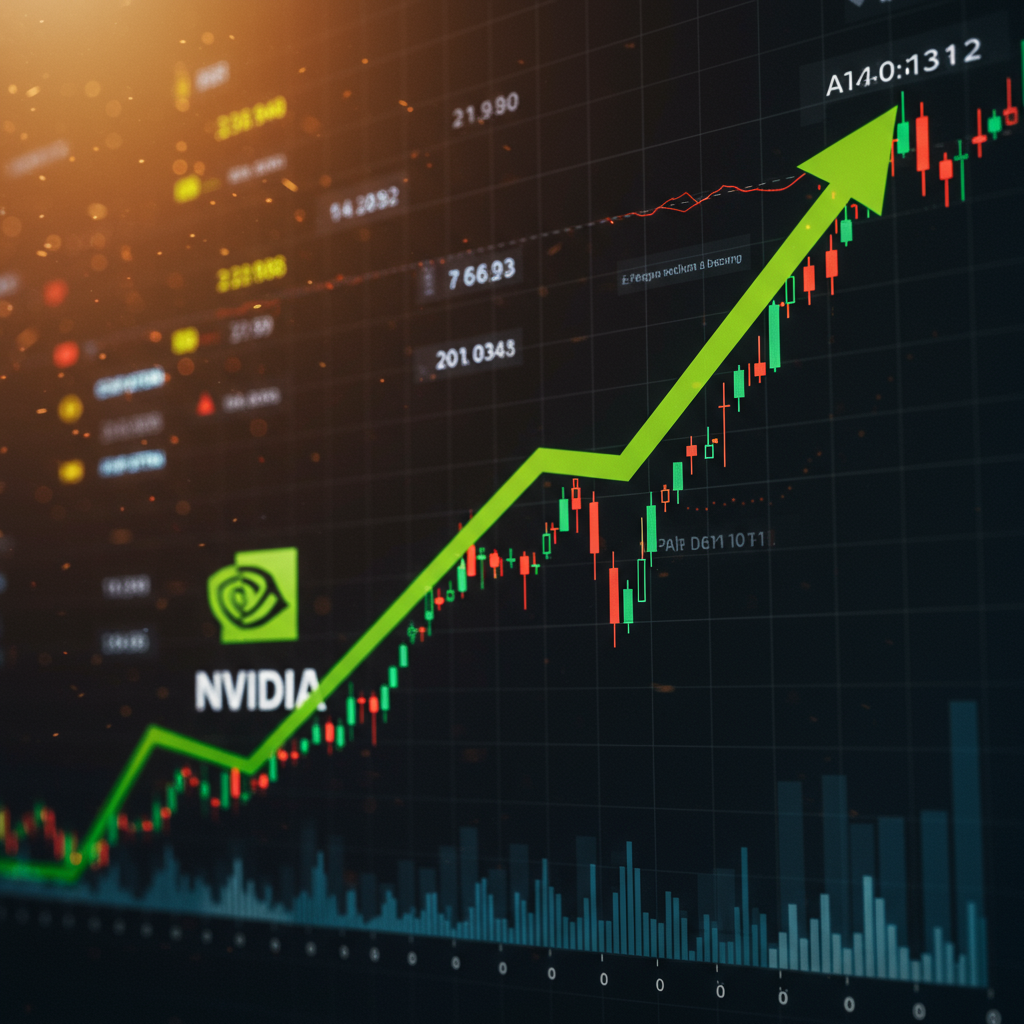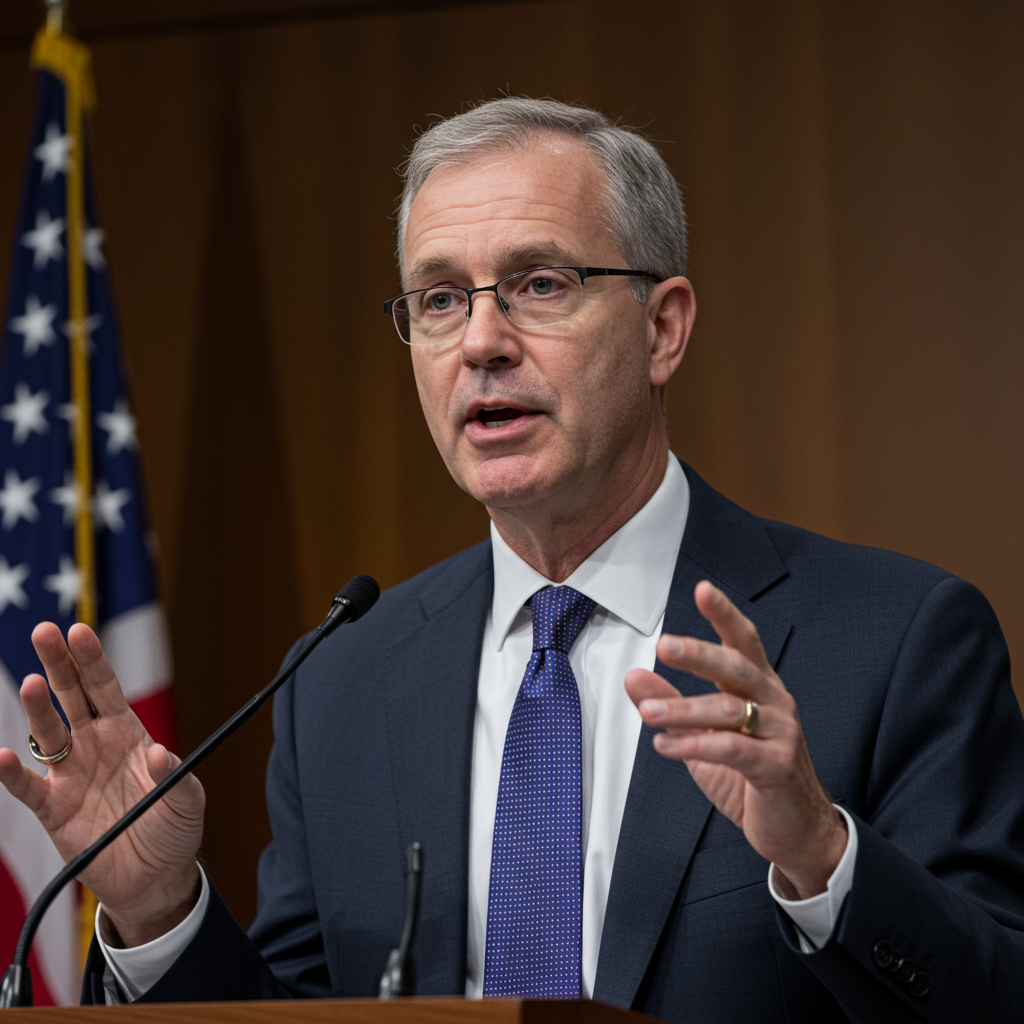Nvidia (NVDA) shares surged this week, closing at a new all-time high and propelling the AI chip giant to once again become the world’s most valuable publicly traded company by market capitalization. This significant milestone underscores surging investor confidence in Nvidia’s enduring leadership in the artificial intelligence revolution.
The stock climbed more than 4% on Wednesday, closing at a record $154.31. This decisively surpassed its previous peak of $149.43 set back on January 6, marking a remarkable turnaround year-to-date and a stunning 63% rally from its April lows.
With this move, Nvidia’s market capitalization reached approximately $3.77 trillion. This valuation places it just ahead of tech titan Microsoft, valued around $3.66 trillion, and significantly higher than Apple, which stands at roughly $3.01 trillion, solidifying Nvidia’s position at the apex of the global market.
AI Dominance Powers Unstoppable Growth
Investor optimism is primarily fueled by Nvidia’s undisputed dominance in the artificial intelligence hardware market. The company’s graphics processing units (GPUs) are the foundational technology powering the global boom in generative AI, machine learning, and the massive expansion of data centers. Major tech firms, including Microsoft, Meta, Alphabet, and Amazon, are pouring billions into building AI infrastructure, and their voracious demand for Nvidia’s chips accounts for over 40% of the company’s revenue.
This intense demand is clearly reflected in Nvidia’s financial performance. Its recent first-quarter earnings report demonstrated a staggering 69% year-over-year increase in overall revenue, driven by a robust 73% surge in its data center business. Despite already achieving explosive growth in prior years (over 240% in 2023, over 170% in 2024), analysts continue to project significant future expansion, with expectations for 53% revenue growth to nearly $200 billion for the full fiscal year, according to LSEG data. Analysts see the broader AI market potentially reaching $1 trillion by 2030, positioning Nvidia as a key beneficiary.
Navigating China Headwinds
Nvidia’s continued ascent is particularly striking given the significant challenges posed by U.S. export controls aimed at China. New rules issued in April by the Trump administration effectively halted sales of Nvidia’s H20 AI processor, which had been specifically designed to comply with previous restrictions. CEO Jensen Huang has publicly stated that the $50 billion China market is now “effectively closed to U.S. industry,” and the company anticipates losing around $8 billion in second-quarter sales and writing off $4.5 billion in inventory as a direct consequence.
Despite this substantial hit to a previously large market (China accounted for $17.1 billion, or 13.1% of total revenue, last fiscal year), the market’s reaction remains overwhelmingly positive. This suggests that booming demand from other global markets – driven by governments, startups, and cloud providers building “AI factories” – is more than compensating for the lost opportunities in China. Huang himself views the restrictions as potentially counterproductive, suggesting they could accelerate development among Chinese tech companies.
Beyond Chips: Future Growth Avenues
Looking ahead, Nvidia sees growth extending beyond its core AI chip business. At the company’s annual shareholder meeting, Jensen Huang highlighted robotics as the next biggest opportunity after AI, representing a potential multi-trillion dollar market. Autonomous vehicles were identified as a key initial application, with the Nvidia Drive platform crucial for enabling software-defined vehicles and self-driving capabilities.
The company is also expanding its footprint by becoming a “full-stack AI provider.” Its growing software and cloud service offerings, like the DGX Cloud platform which facilitates large-scale AI workloads, are gaining traction across diverse industries, further diversifying its revenue streams and cementing its role as a fundamental player in the future of technology. Projections indicate robust GPU shipments in the coming years (6.5 million in 2025, 7.5 million in 2026) with high average selling prices, reflecting continued demand for their premium hardware.
Market Confidence and Valuation
The sustained rally and record valuation reflect strong Wall Street confidence. The stock currently trades around 31.5 times expected 12-month earnings, which is actually below its 10-year average and competitive with the Nasdaq 100 index’s multiple, despite dramatically faster projected growth. Its PEG ratio (price/earnings to growth) is among the lowest within the “Magnificent Seven” tech stocks, suggesting to some analysts that it remains reasonably valued relative to its growth prospects.
Nearly 90% of analysts tracked by Bloomberg recommend buying Nvidia stock, with the current price trading about 12% below the average analyst price target, indicating expectations for further upside. Furthermore, data suggests that Nvidia is still relatively under-owned by professional fund managers compared to peers like Microsoft, potentially creating room for future buying activity.
While near-term momentum is strong, the long-term growth trajectory beyond 2026 remains tied to the duration and intensity of customer investments in AI infrastructure. However, for now, Nvidia’s record-breaking ascent solidifies its status as the defining company of the AI era.




